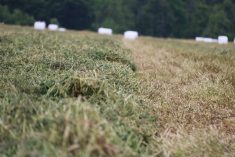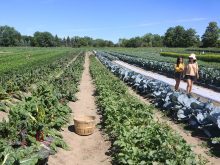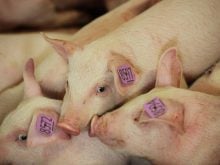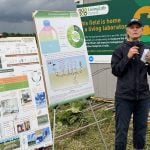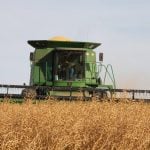LETHBRIDGE, Alta. – When a new piece of farm equipment arrives for testing at the Agtech Centre in Lethbridge, the technicians do their best to wreck it.
“We test things to destruction to see what the limit is,” agricultural engineer Murray Green said.
Located on the Lethbridge Community College grounds, the Agtech Centre, formerly known as the Alberta Farm Machinery Research Centre, started testing equipment in 1958. Many of the engineers involved in this project went on to form the Prairie Agricultural Machinery Institute in 1974.
Alberta Agriculture took over the Lethbridge centre in 1988, and work expanded to include machine evaluations as well as research and development.
Read Also
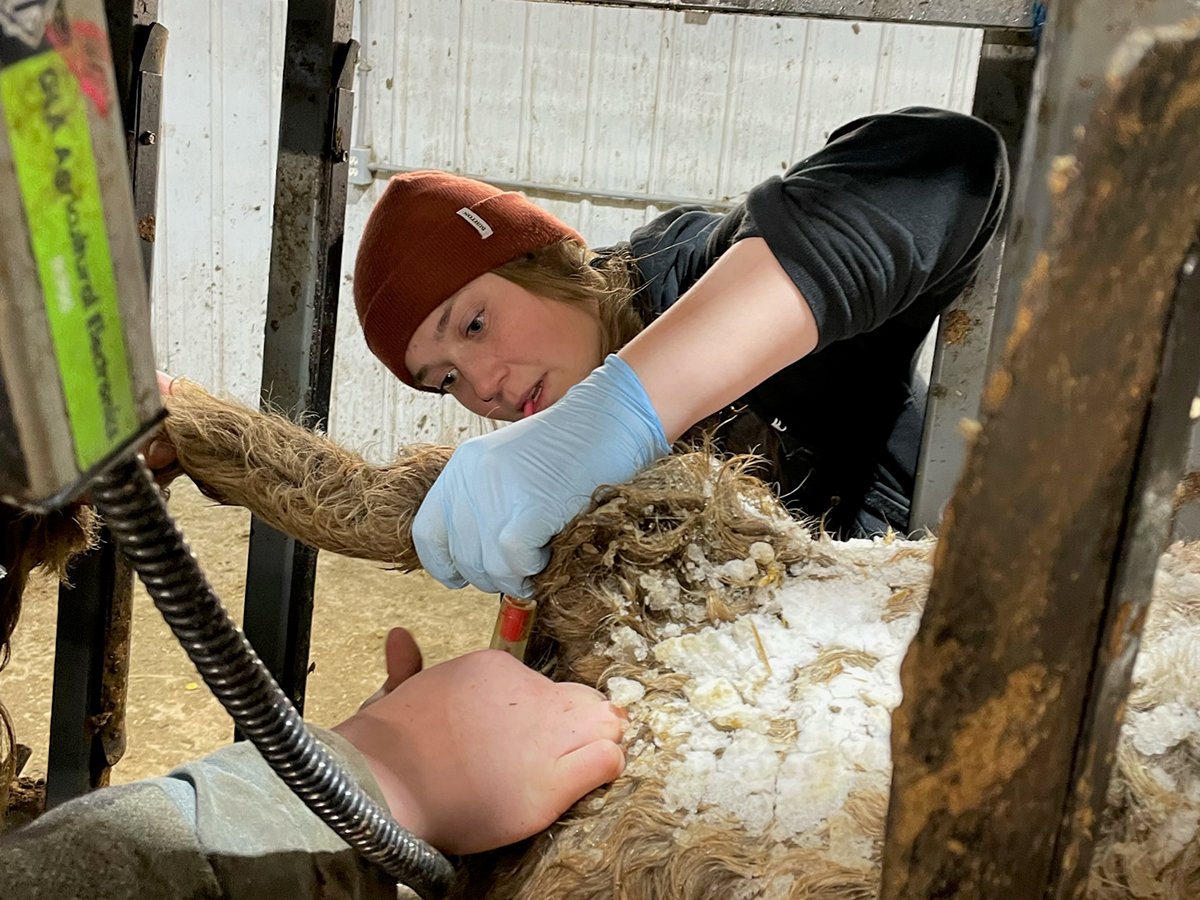
Pen riders better than tech at detecting respiratory disease in feedlot cattle, says researcher
Katrina Garneau’s recent research found that pen riders are better than technology at flagging signs of BRD in feedlot cattle.
In the last 12 years the centre has become known for its work in evaluating and developing direct seeding equipment for Western Canada. It has also examined sprayer technology, devised programs to measure farm chemical drift and conducted tractor performance and tire studies.
It has also developed prototypes for inventors and main-line manufacturers who want their new ideas tested.
“We are able to measure and provide third party information that has integrity,” centre manager Rick Atkins said.
The centre provides reports to individuals and manufacturers that calculate whether the machine is economical to operate at the farm level and how much hard work it can withstand.
Atkins said the growth of Alberta’s livestock industry is moving the centre beyond crop production to engineering concerns over soil, air and water quality.
“We want to look at things from a systems approach. You can’t look at livestock production without looking at crop production.”
The centre plans to start work on animal handling and transportation systems, indoor air quality for barn workers and animals, studies on greenhouse gas emissions and new ways to safely handle manure.
It has already worked on renewable energy projects that include solar and wind power studies. Most of that work has been devoted to livestock pumping systems.




